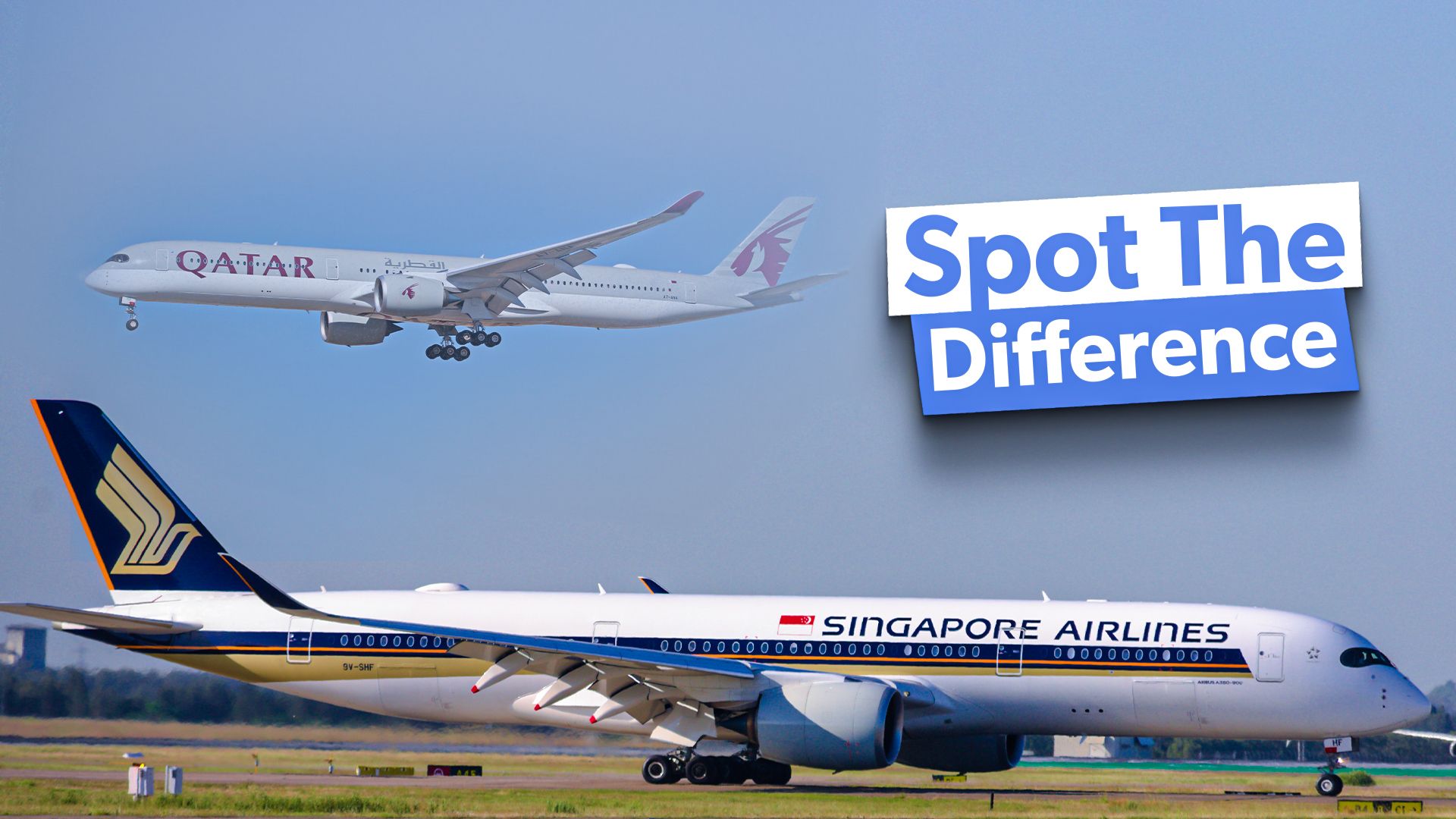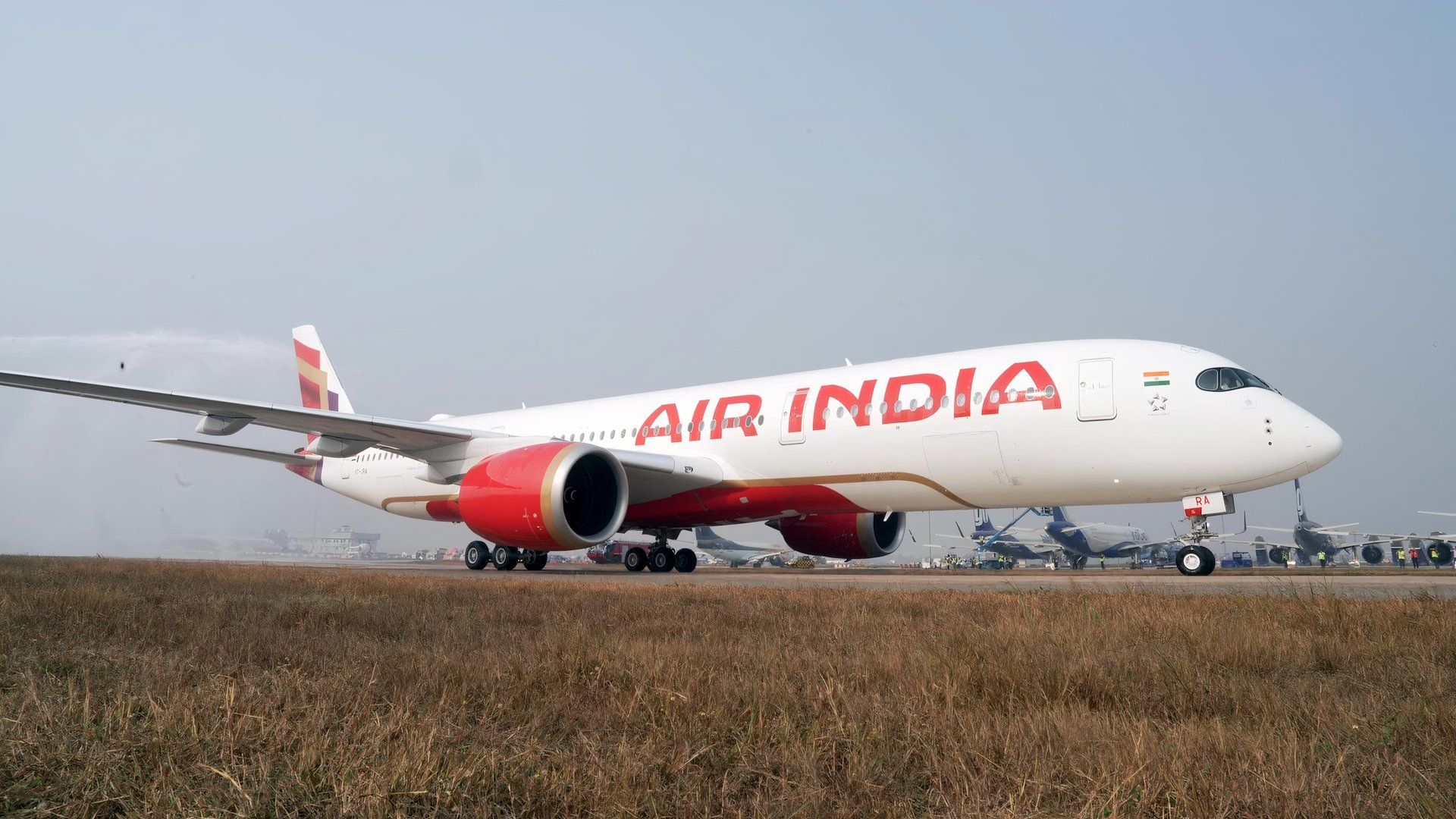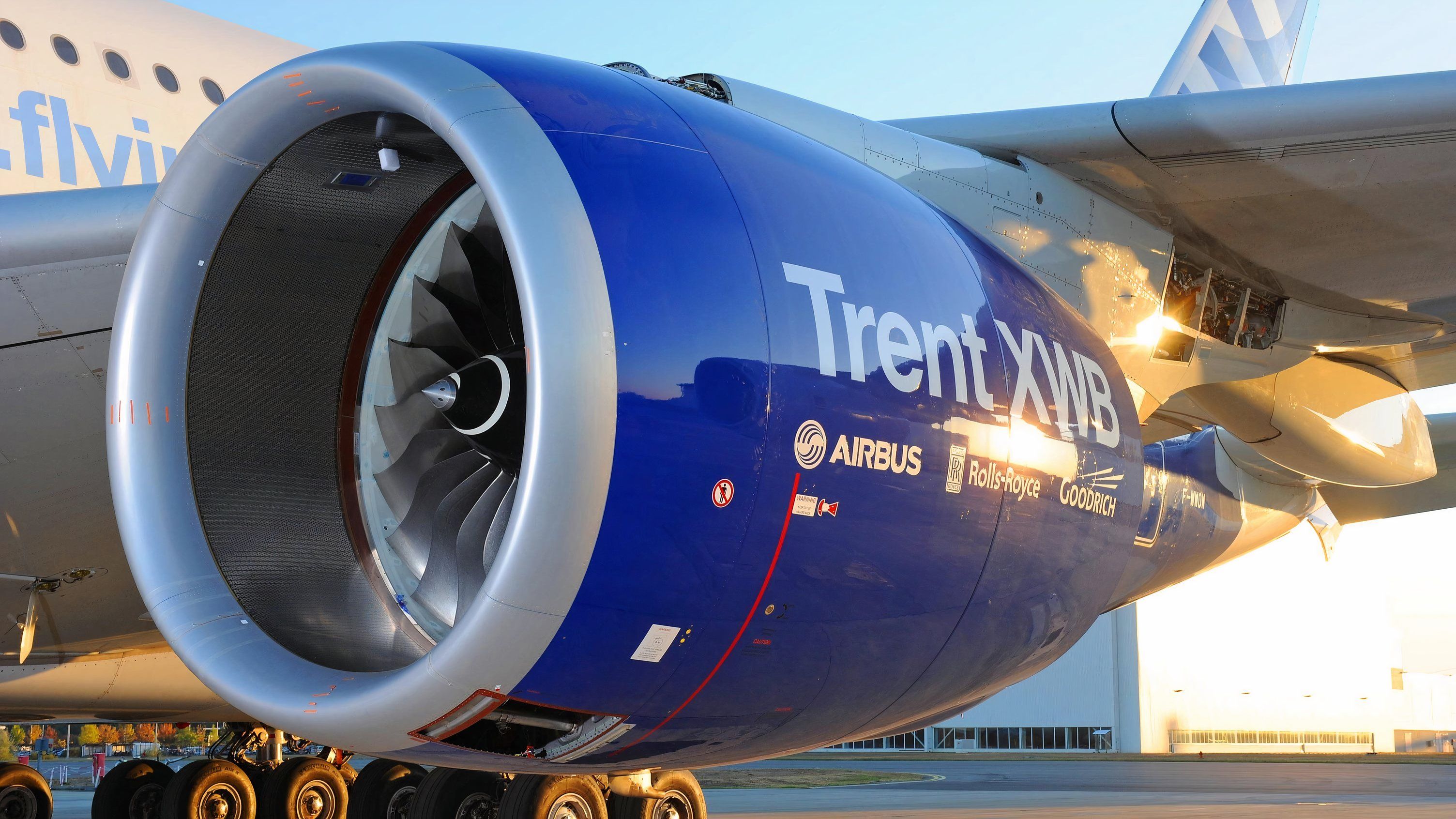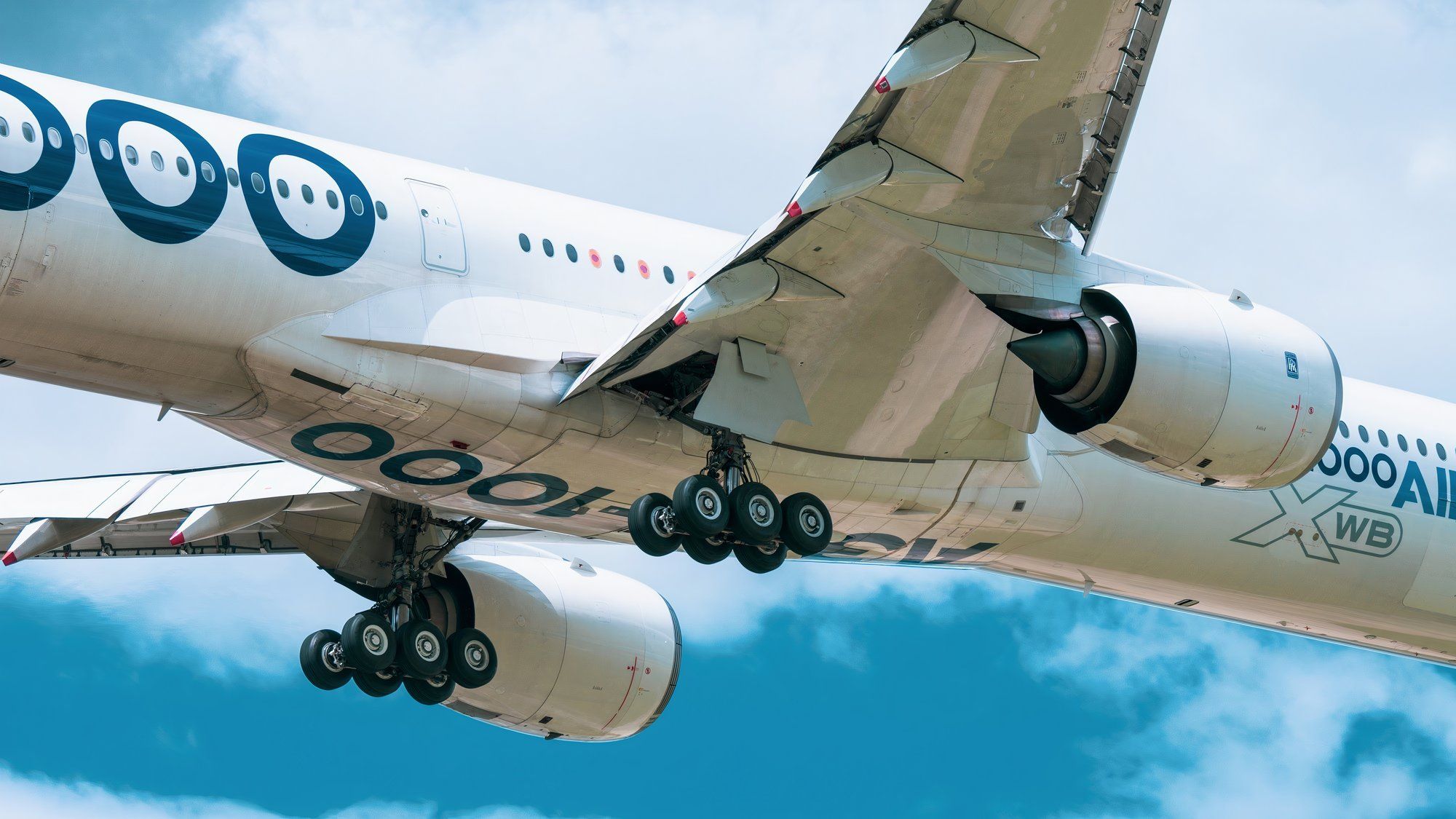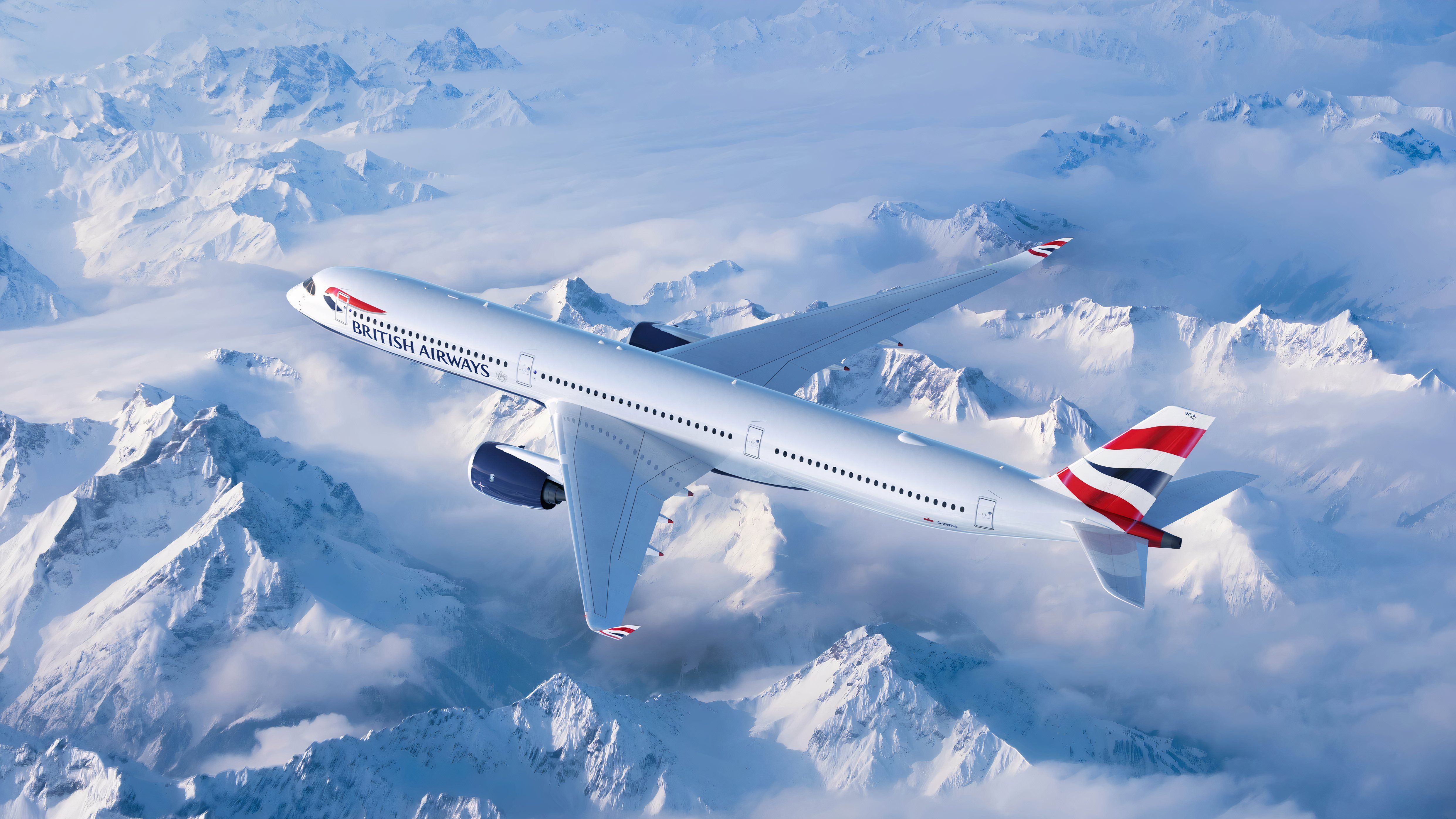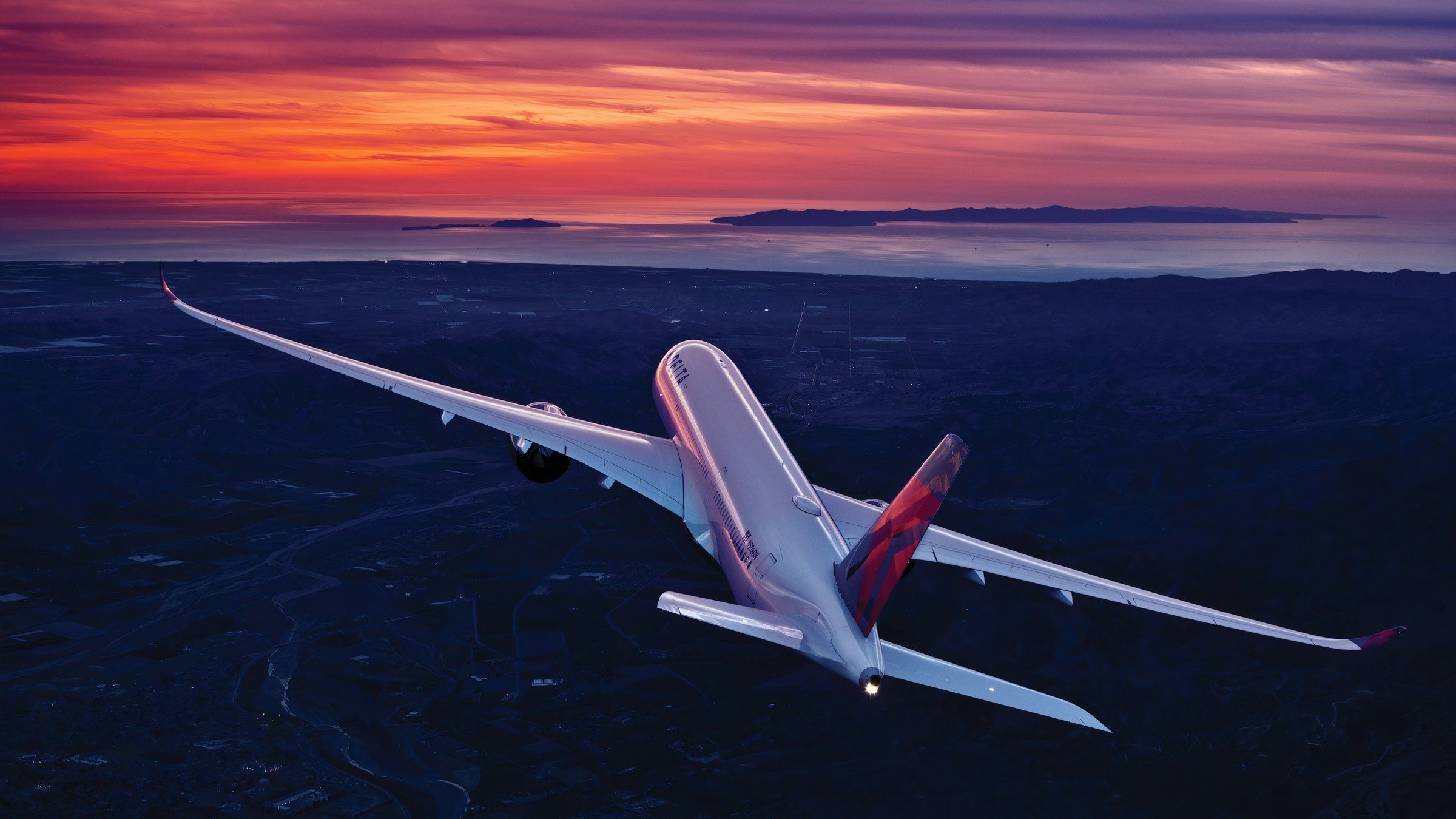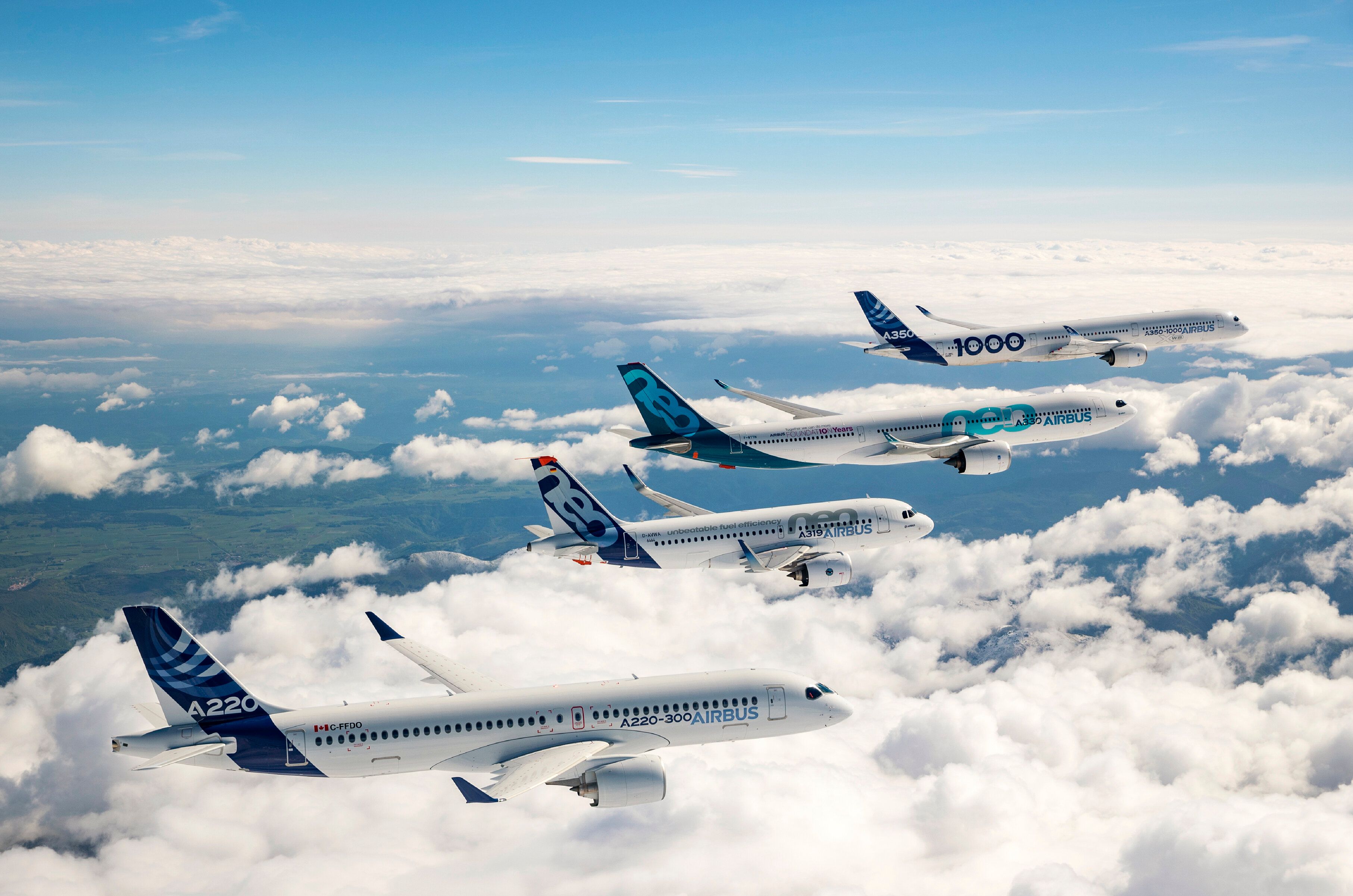Summary
- The A350-1000 is seven meters longer than the -900, providing space for 40-50 more seats and offering 40% more floor space for premium cabins.
- The A350-1000 has slightly modified wings with a 4% larger area, and more powerful Rolls-Royce Trent XWB engines that deliver 97,000lbf of thrust.
- The A350-1000 has a greater range, but is primarily used on flagship routes connecting large cities with a high percentage of premium passengers.
Since the Airbus A350 first entered commercial service in early 2015, over 600 of these magnificent aircraft have been delivered to operators across the world. It has rapidly become the flagship of leading airlines such as Delta Air Lines, Singapore Airlines, Air France, Cathay Pacific, and Air India, and is the second best-selling Airbus widebody of all time, lagging only the A330, which had a 20-year head-start.
The A350 was initially developed with three variants in mind: the -800, -900, and -1000. Yet, with the launch of the A330neo family in 2014, which offered very similar operating economics to the smallest A350 but at a lower ticket price, the -800 was canceled, and it never entered into production. This leaves the -900 and -1000, which are now commonplace at any large airport. So, what are the main differences between these two variants?
Photo: Air India
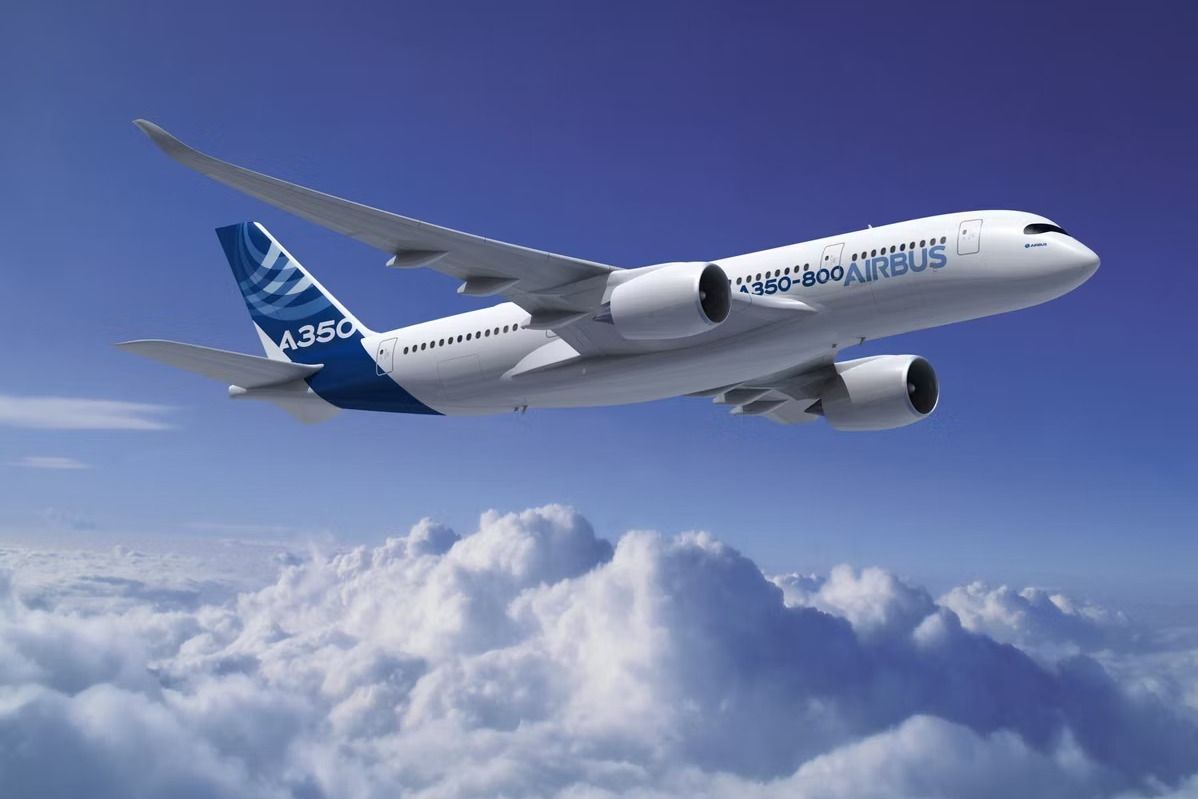
Related
What Happened To The Airbus A350-800?
A closer look at how a US airline merger was behind the ending of this aircraft.
A fuselage stretch
The most obvious difference is that the -1000 has an 11-frame stretch over the -900, with fuselage sections added in front of- and behind the wings. This makes the -1000 a total of 7 meters (23 feet) longer than the -900, allowing for an additional 40-50 seats to be added, depending on an airline’s configuration preferences.
As a result, while the -900 has a typical 3-class seating capacity of 300-350, the stretched -1000 can carry 350-410 passengers. The addition of the front section also provides the -1000 with a 40% increase over the -900 in available floor space for first and/or business classes, making it ideal for airlines looking to connect larger city pairs with more premium travelers.
Modified wings and engines
Less noticeable at first glance is that the -1000 also has a slightly modified wing. With a greater fuselage length and, therefore, increased weight, the -1000 requires more lift. So, while the -1000 has the same 65-meter (213 feet) wingspan as the -900, modifications to the leading and trailing edges of the wing mean that the -1000 has a 4% larger wing area at 464 square meters compared to the 442 square meters of the -900 variant.
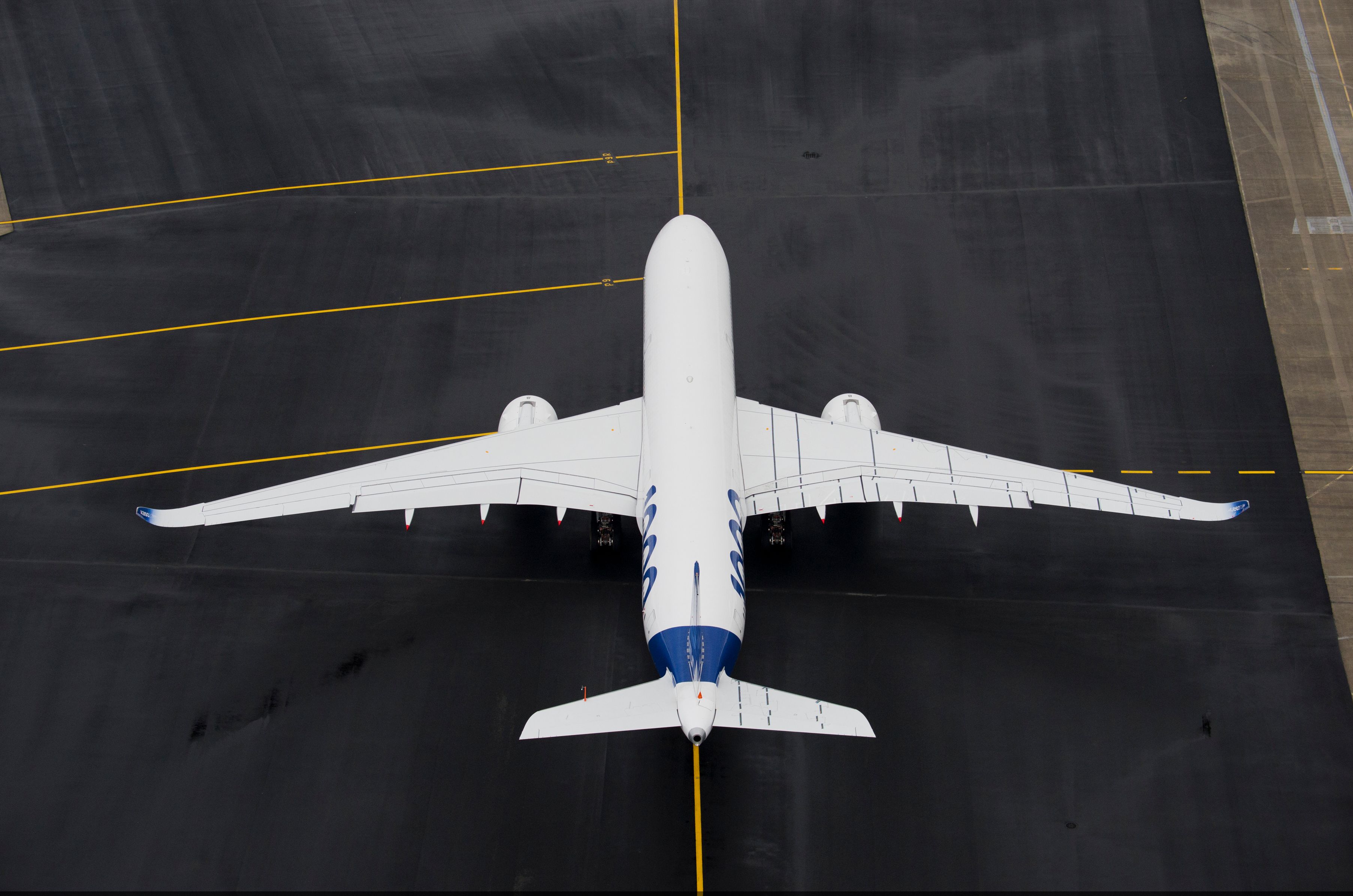
Related
How The Airbus A350-900 & A350-1000 Have Different Wing Sizes Despite Sharing The Same Wingspan
The A350-1000 wing has an extended trailing edge.
Underneath the wings, the engines are slightly different as well. While both variants use the Rolls-Royce Trent XWB engine family, the most efficient large engines in service, they have different specifications. The Trent XWB-84 fitted to the -900 has a 3-meter fan size and provides 84,000 lbf of thrust, while the Trent XWB-97 fitted to the -1000 has the same fan size but a 5% larger core, and delivers 97,000lbf of thrust.
Photo: Rolls-Royce
More cargo, more weight, more range
The increased length of the -1000 means that it is not only able to carry more passengers, but it also has more capacity for underfloor cargo as well. While the -900 has capacity for 36 LD3 containers and a maximum of 11 pallets, this increases to 44 LD3 containers and 14 pallets with the -1000.
The -1000 also has a 16% increase in fuel capacity over the -900, and a 12% increase in MTOW at 319 tonnes versus the 283 tonnes of the -900. As a result, the -1000 requires a larger undercarriage to manage the increased weight, and another distinguishing characteristic for planespotters is that the -1000 has a 6-wheel main landing gear compared to the 4-wheel version of the -900.
Photo: Airbus
The net result is that the -1000 is a larger aircraft with greater passenger and cargo capacity, but also with a distinct range advantage as well. While the -900 has a range of 8,100NM / 15,000km, the -1000 can travel nearly 8% further with a range of 8,700NM / 16,100 km.
So why don’t more airlines pick the A350-1000?
It would seem that the -1000 holds all the aces, yet the respective sales of the two A350 variants tell a different story. At the time of writing, Airbus has sold more than 1,200 A350s, and the -900 makes up 76% of the order book. So why are airlines picking the -900 at a 3-1 advantage over the larger and longer range -1000?
The answer, in part, is in the cost. With a list price of $366.5 million, the -1000 costs nearly $50 million more than the -900. Given that the average A350 order size from airlines to date has been 20 aircraft, that’s a $1 billion difference in total order cost.
Photo: British Airways
Altogether, when making the purchase decision, airlines have to think very carefully about whether the -1000’s advantages justify that incremental cost. In most cases, the answer is no. For the majority of airlines, the -900 is a great fit. It has plenty of capacity and a range that fits the bill for 98% of desired routes, so there isn’t a pressing need for anything larger or longer range.
A350-1000: Perfect for premium routes
However, a select group of airlines has purchased the -1000, where a more precise mission is required: Pairing two large cities where passenger volumes are larger and there is a higher percentage of premium flyers. The higher-capacity -1000 is a better fit in this case, and remember that 40% larger premium cabin? More space for the high rollers at the sharp end of the aircraft.
We can see this strategy clearly at play today:
- Virgin Atlantic bases its -1000s exclusively at London Heathrow, primarily for high-value transatlantic flights to major US hubs such as New York JFK (4x daily), Los Angeles, or connecting with its partner, Delta, at its Atlanta mega-hub.
- Qatar Airlines is the largest flier of the A350, and has ordered more -1000s than -900s. They are also used exclusively on high-traffic US flights (especially to OneWorld partner American Airlines’ hubs), as well as to closer but larger cities in Europe and Asia.
- Cathay Pacific also uses its -1000s to the largest cities in the US and Europe, but nearly half of its -1000 routes are close in to Hong Kong and could be flown by an A320. The largest? Taipei, flown triple daily with a -1000 over a distance of just 500 miles.
- Delta Airlines, which already has a large -900 fleet, recently ordered 20 of the -1000 variant, which like its partner Virgin, are expected to fly flagship transatlantic routes from its east coast hubs at JFK and ATL to London, Paris, and Amsterdam.
Photo: Delta Air Lines
In all of these cases, the -1000 is preferred for its capacity and premium space rather than increased range. In fact, the only notable example of the -1000 being selected specifically for its range is Qantas with Project Sunrise, where modified -1000s with additional fuel capacity promise to connect Australian hubs with non-stop flights to London and New York.
Which is your preferred A350 variant? Which airline offers the best A350 product? Share your thoughts and experiences in the comments.

